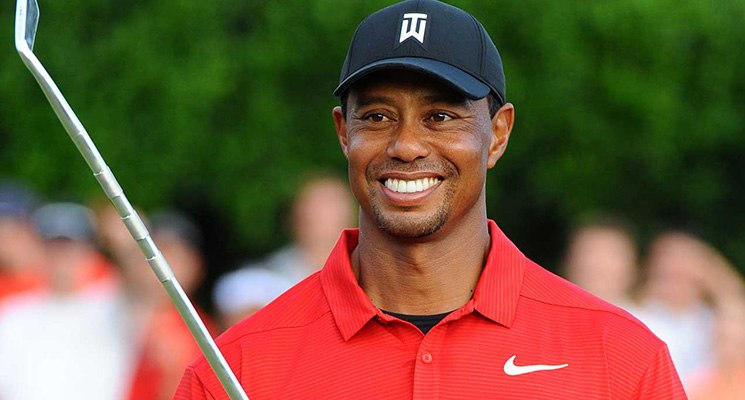How To Play Golf

The point of golf is to hit the ball with the help of a long device, which is called a club, and, in turn, to hammer it into the hole. Usually there are from 9 to 18 holes and the results are calculated when the last player scores the ball in the last hole. In golf, the smaller the score is, the better it is. Golfers get one point each time they hit the ball with a club, which means that the player who can kick the balls in all the holes with the minimum number of swing wins (a golf hit). A number of terms are used in golf scoring, like “par” (a number of strokes (and also the number of points) with which the golfer should ideally drive the ball into the hole); “bogey” (one point (one swing), more than a par. If the player needed one extra swing to hit the hole, then he says “double bogey,” “triple bogey,” and so on, depending on the total number of swings); a kick from a tee boxing to a hole (this is the starting position): etc.
Golf Course
Each golf course has five major positions, including a tee box. Other positions in the game are indicated below:
- Farway is a flat golf course between the starting position and the field.
- Rough is a zone of high grass that borders Farway.
- Green is the lawn around the hole, the place on the farway where the hole is located. The “green” playground is the place where the hole for each fairway is located.
- Obstacles: Fescue or bunker are specially located places from which it is difficult to knock out a golf ball. Standard obstacles include sand traps and ponds.
Clubs
Different golf clubs have different physical characteristics and are used for different types of golf swing. The ability to choose a stick by the situation is the skill that professional golfers acquire over time. But the basic purpose of clubs is quite simple:
- Wood, a club with a wide head, is usually made from fairly lightweight materials such as wood or light metals. Wood is used for long range strikes. Such strikes are sometimes called “drivers.”
- Irons, compared to wood, are flatter and are usually made of heavier metal. Iron is usually used for short and medium blows.
- Putter is a special club for playing on the green when the accuracy and control of the direction and speed of the ball affects whether you get birdy or bogey. Putter is small and usually made of light metal.
Start Playing
Start with tee box. A group of players meets at the first hole and take turns hitting the ball with the tee box and get (hopefully) on the green or fairway. The ball on the tee box is mounted on a small wooden or plastic stand or placed on the grass. It depends on the preferences of the players.
After this they continue in order. In the order in which they hit from the starting position, the players take turns kicking the ball until everyone hits the hole. Due to the fact that theoretically it is possible to get the ball, other players must keep at a distance from the striker and must never stand on the farway down during the strike.
Even if the ball landed in a sand trap or on an uneven place, the player must hit from there without moving the ball out of the trap and without changing its position. A ball caught in a pond can be replaced and set aside two clubs away from the pond, but this will result in the player gaining extra points on this hole.
When there are two or more balls on the green, it is allowed to remove those that may interfere with the kicker’s ball. At the same time, the position of the ball is noted and after the strike, the ball returns to the same place.
Once everyone in the group got their points for passing the hole, the group can move to the next hole. Golf courses are made in such a way that each hole can be reached in turn without having to return or walk in front of other players. But you still need to be careful not to interfere with players who are moving more slowly than the whole group. Usually a golf game can last from three to six hours.










